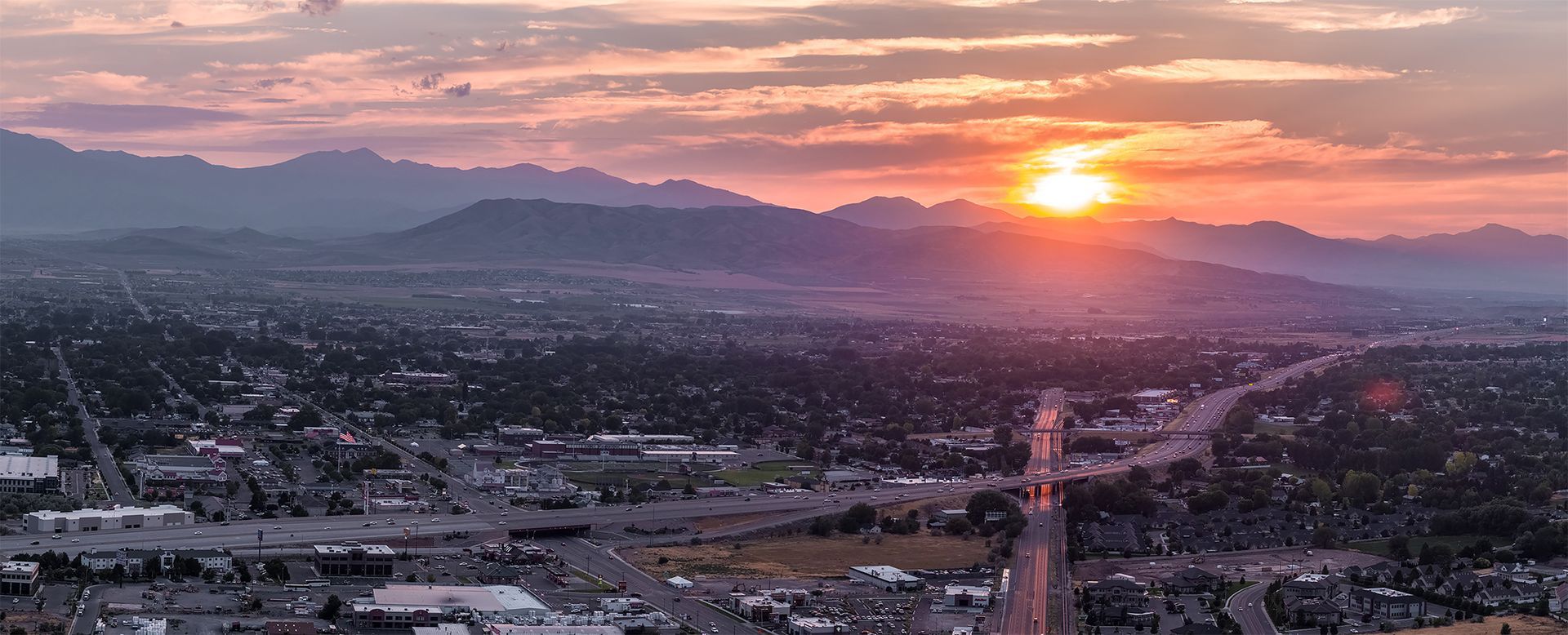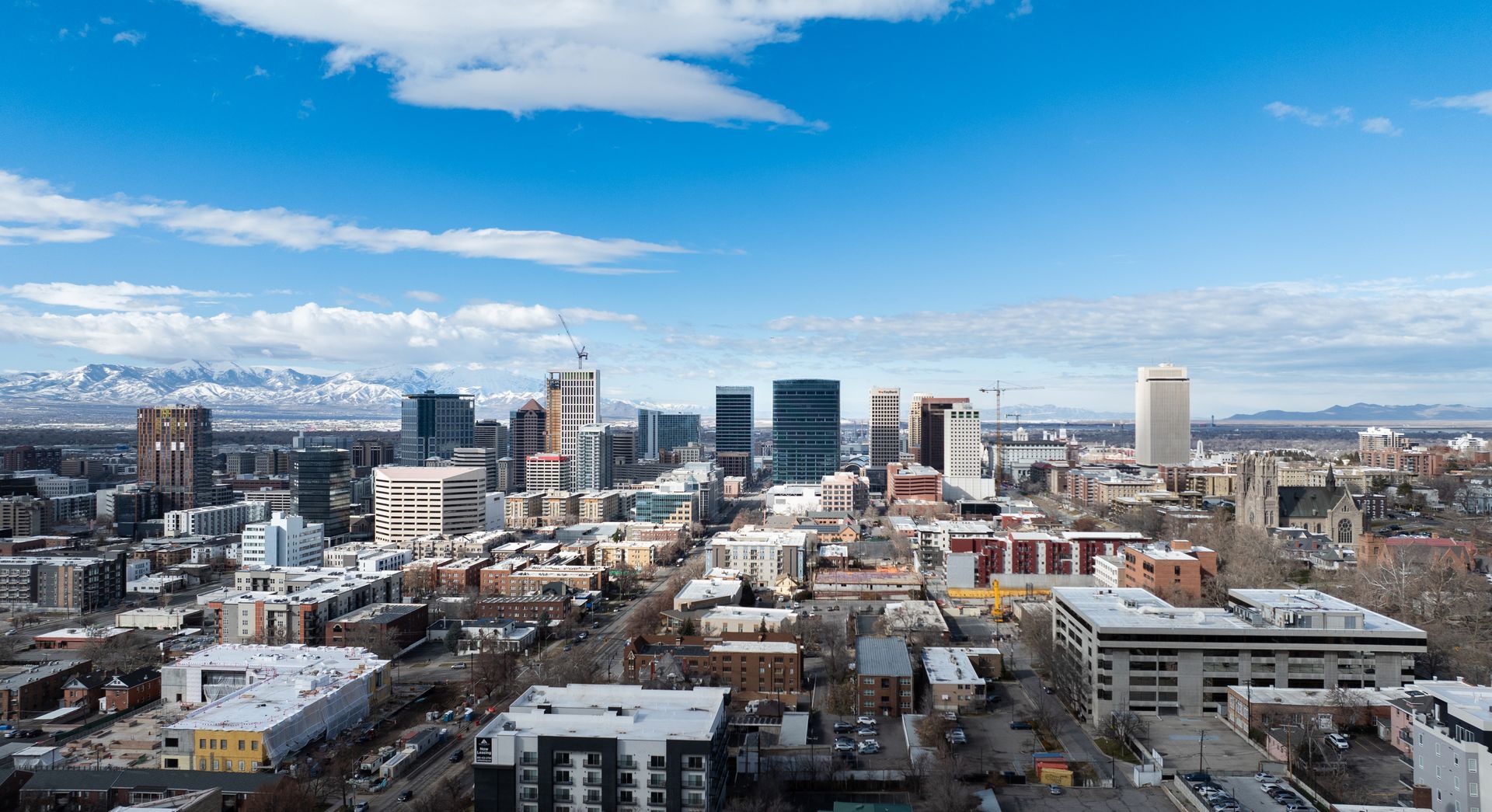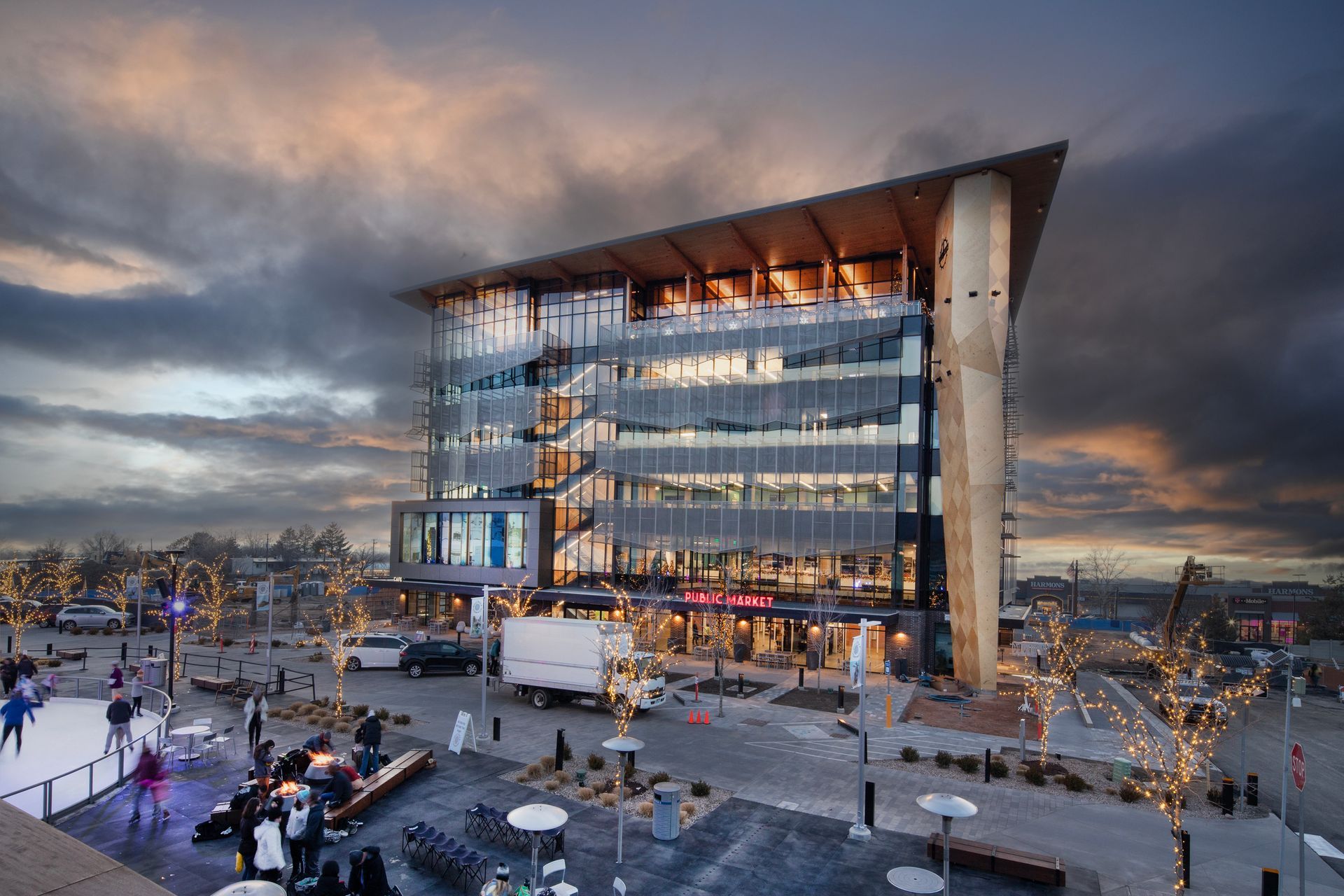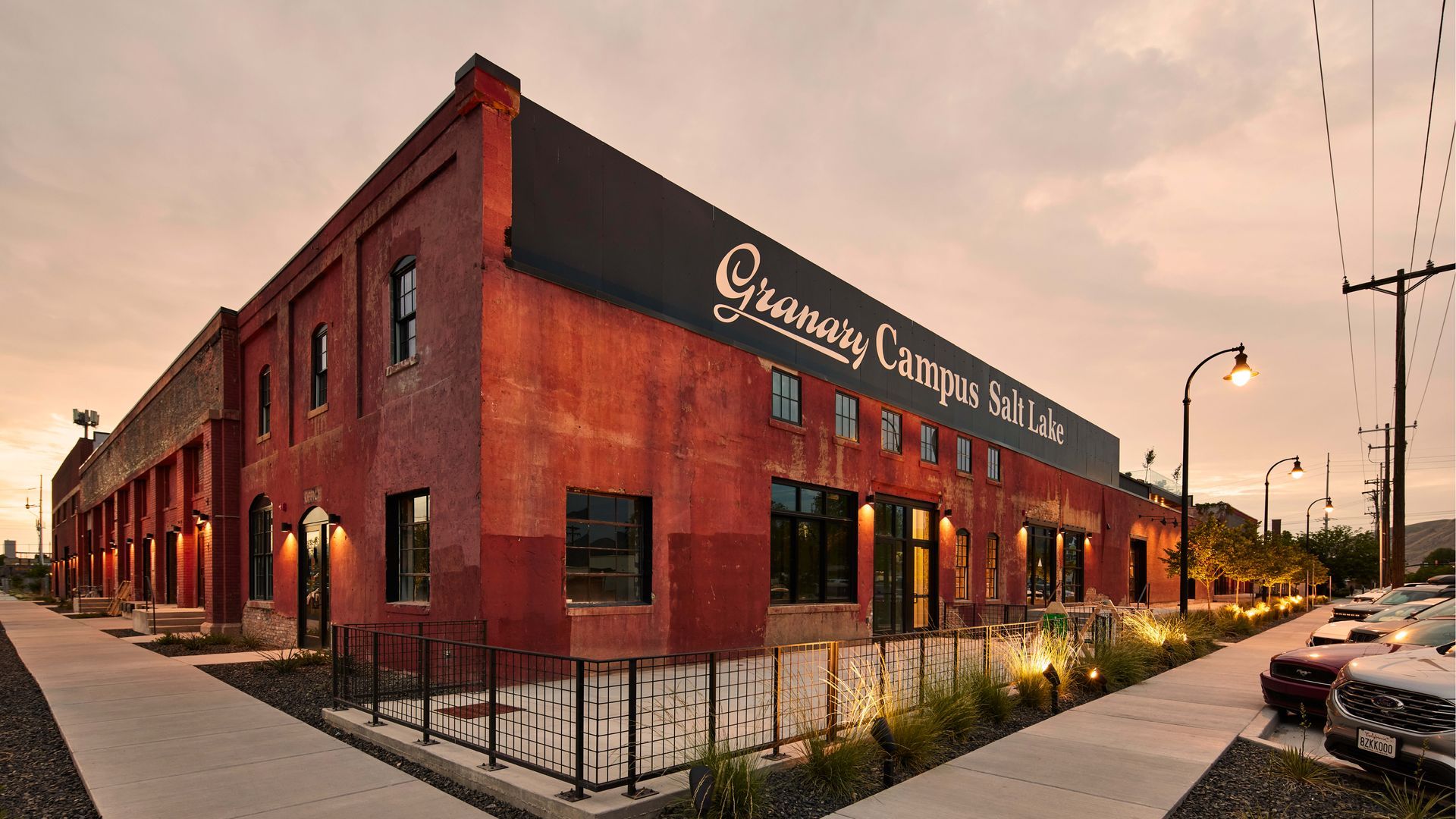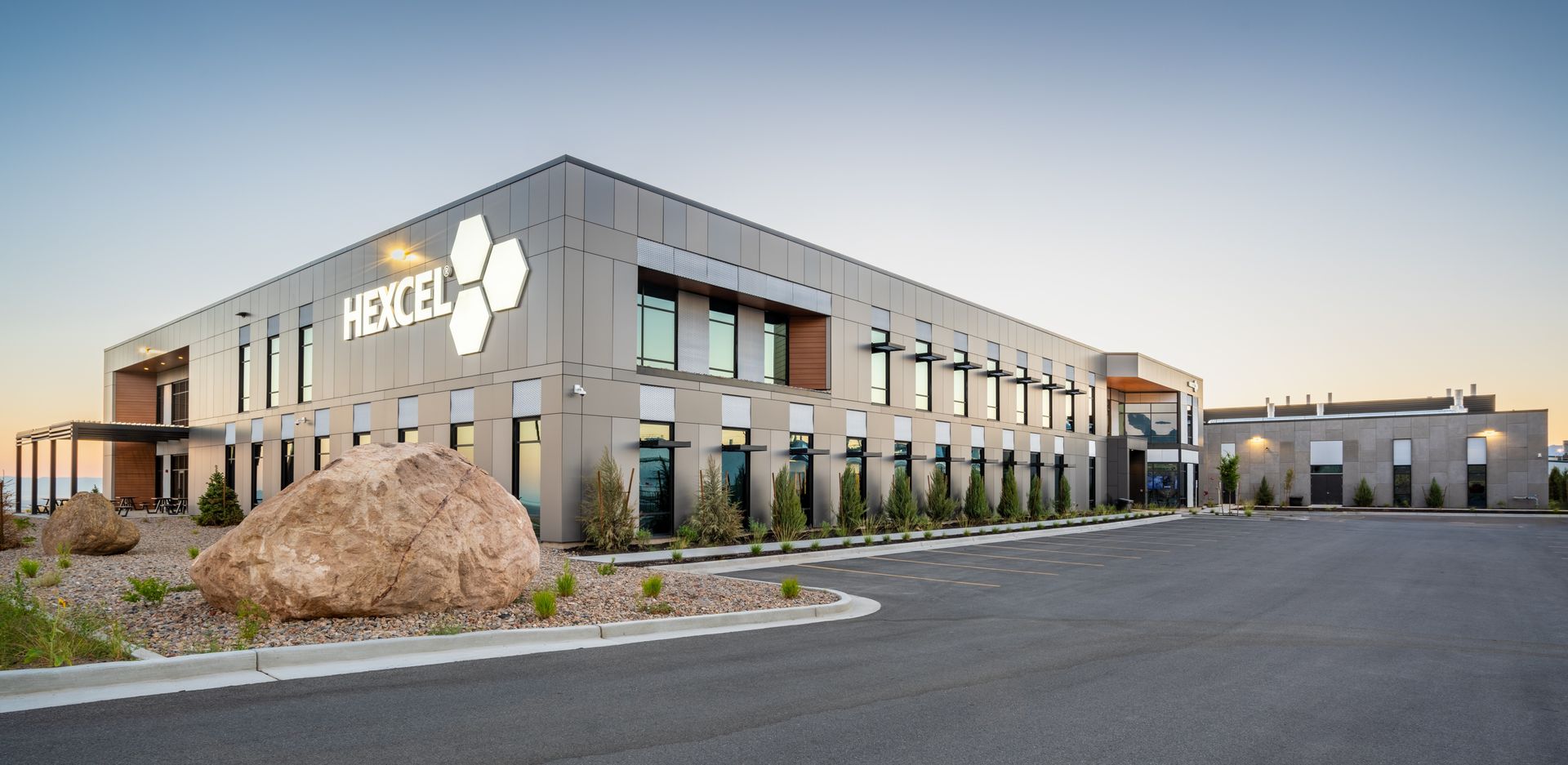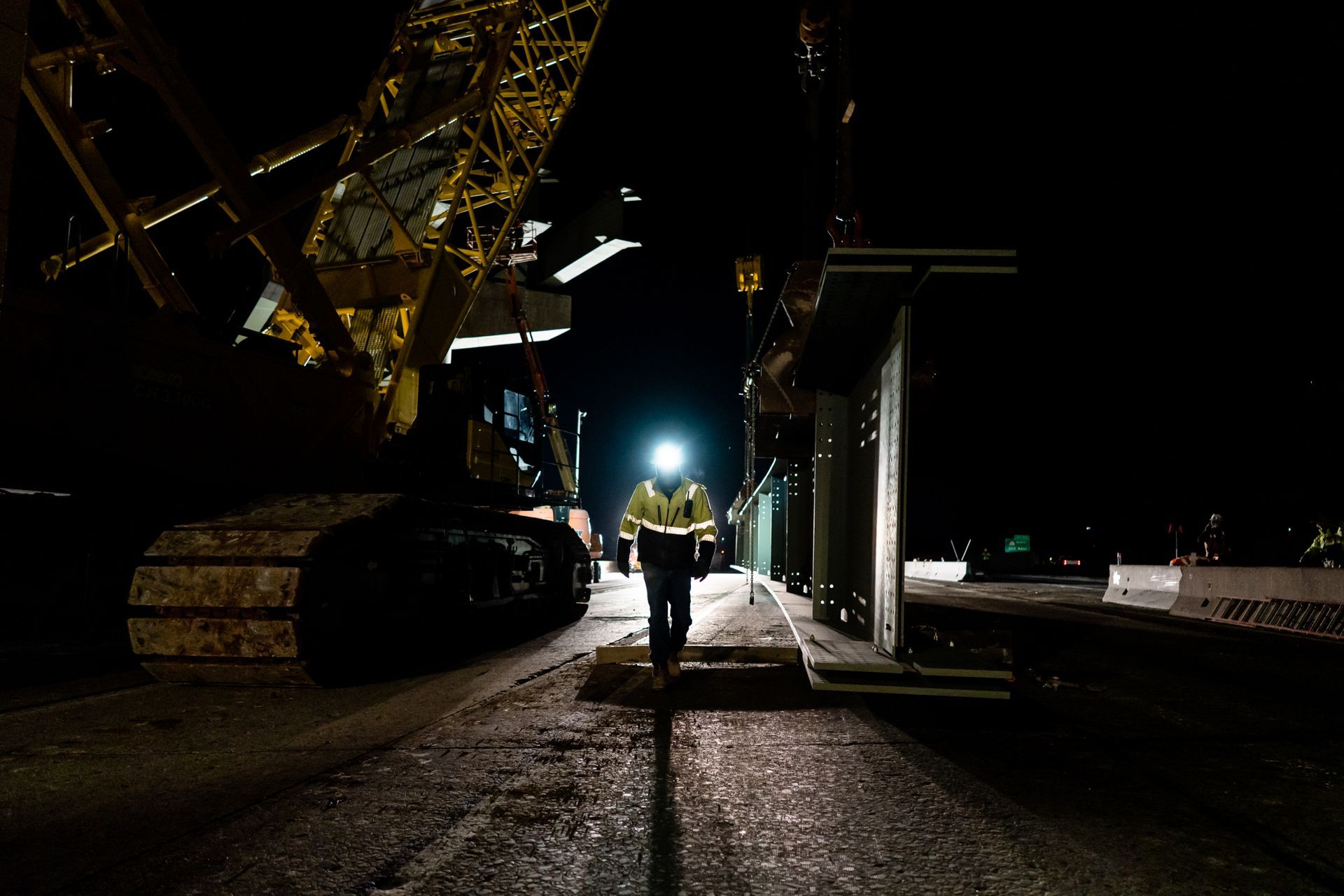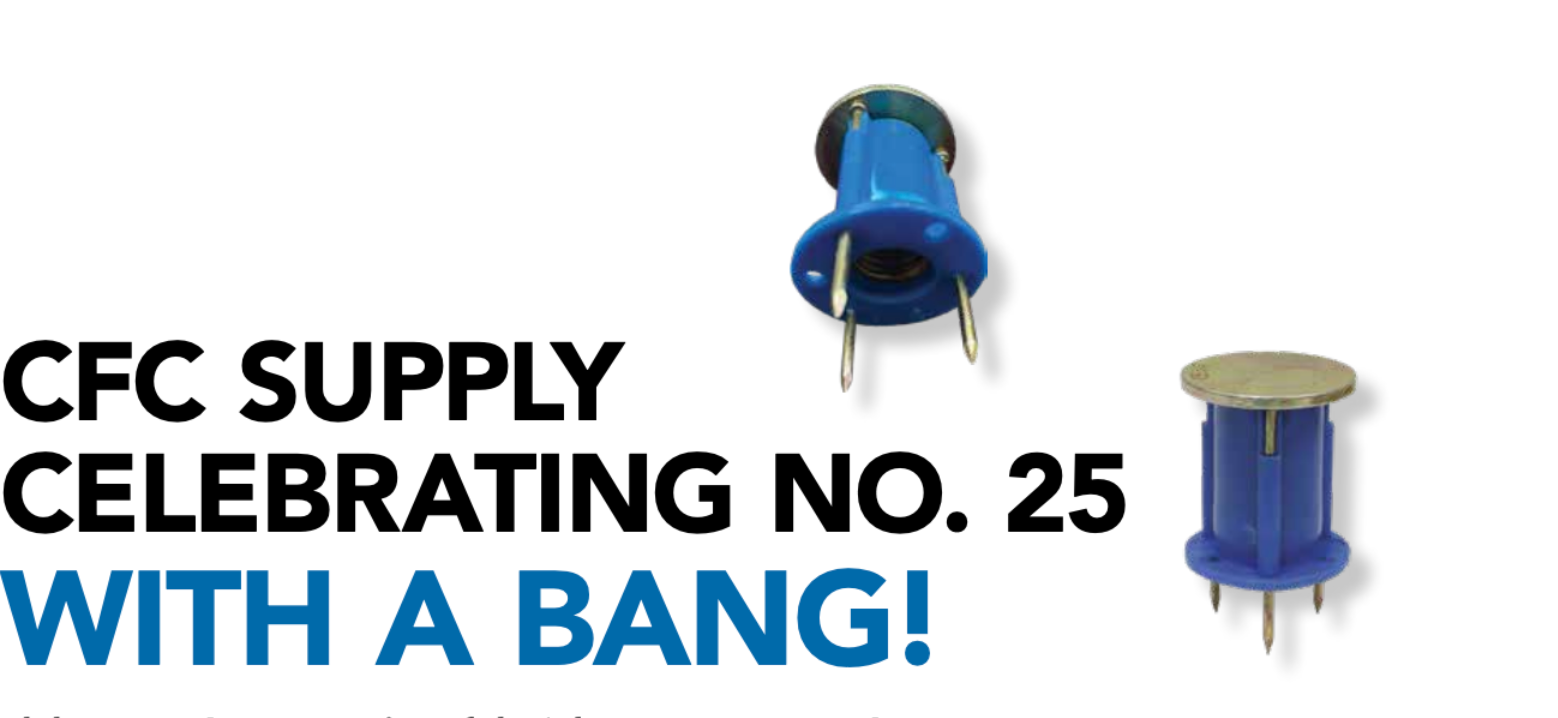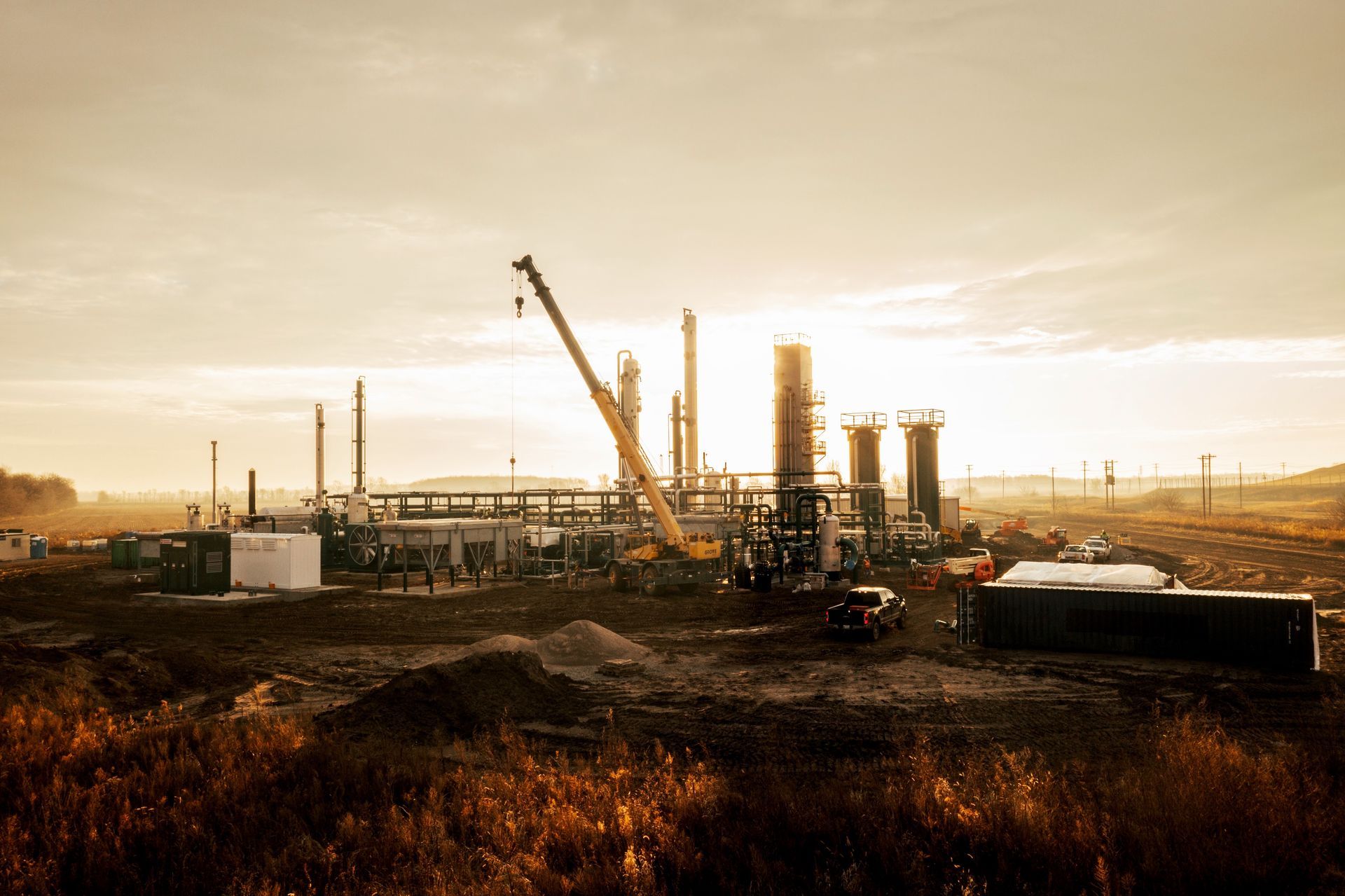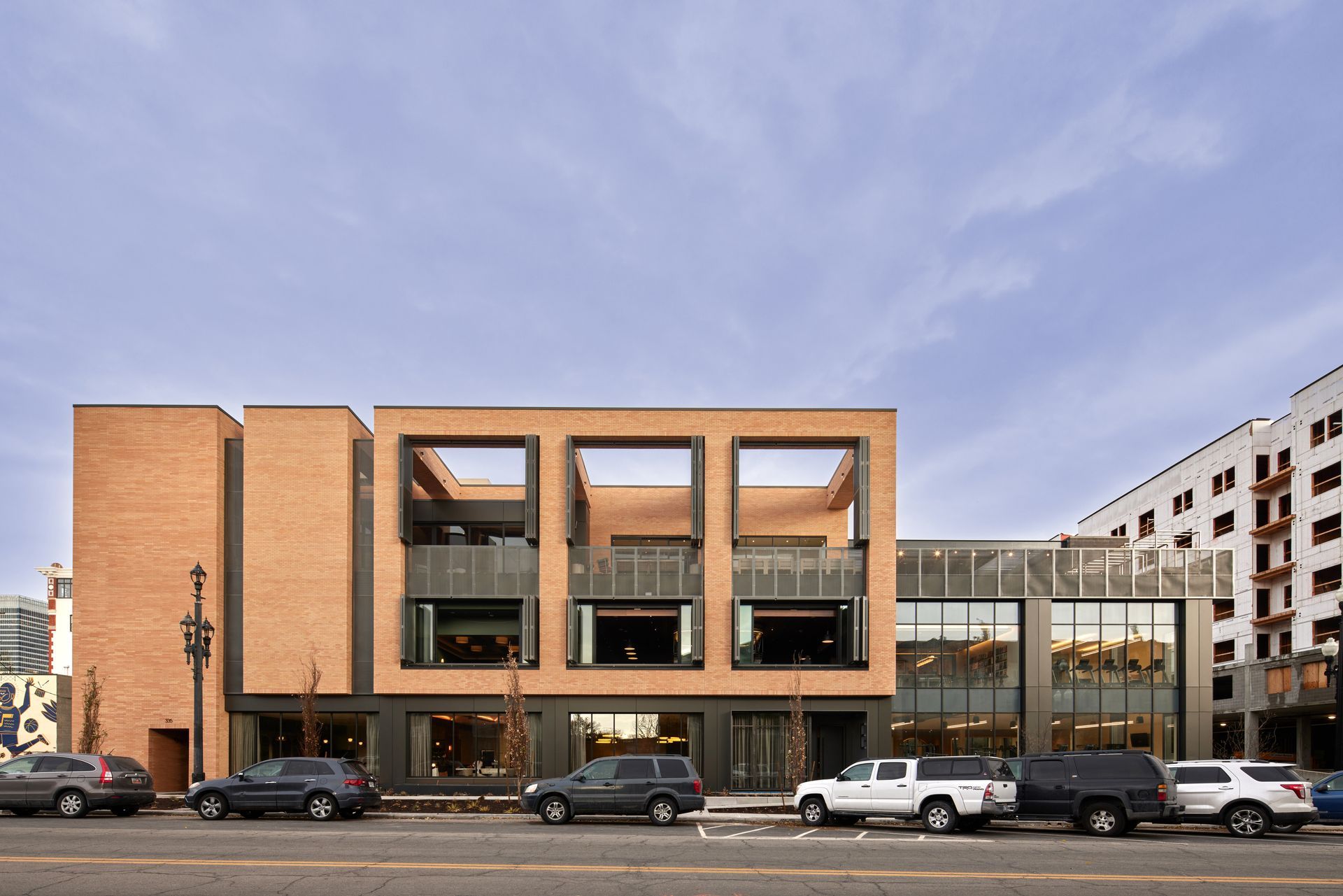Couples in different sectors of the industry explain how they have best balanced their partnerships and their professional lives.

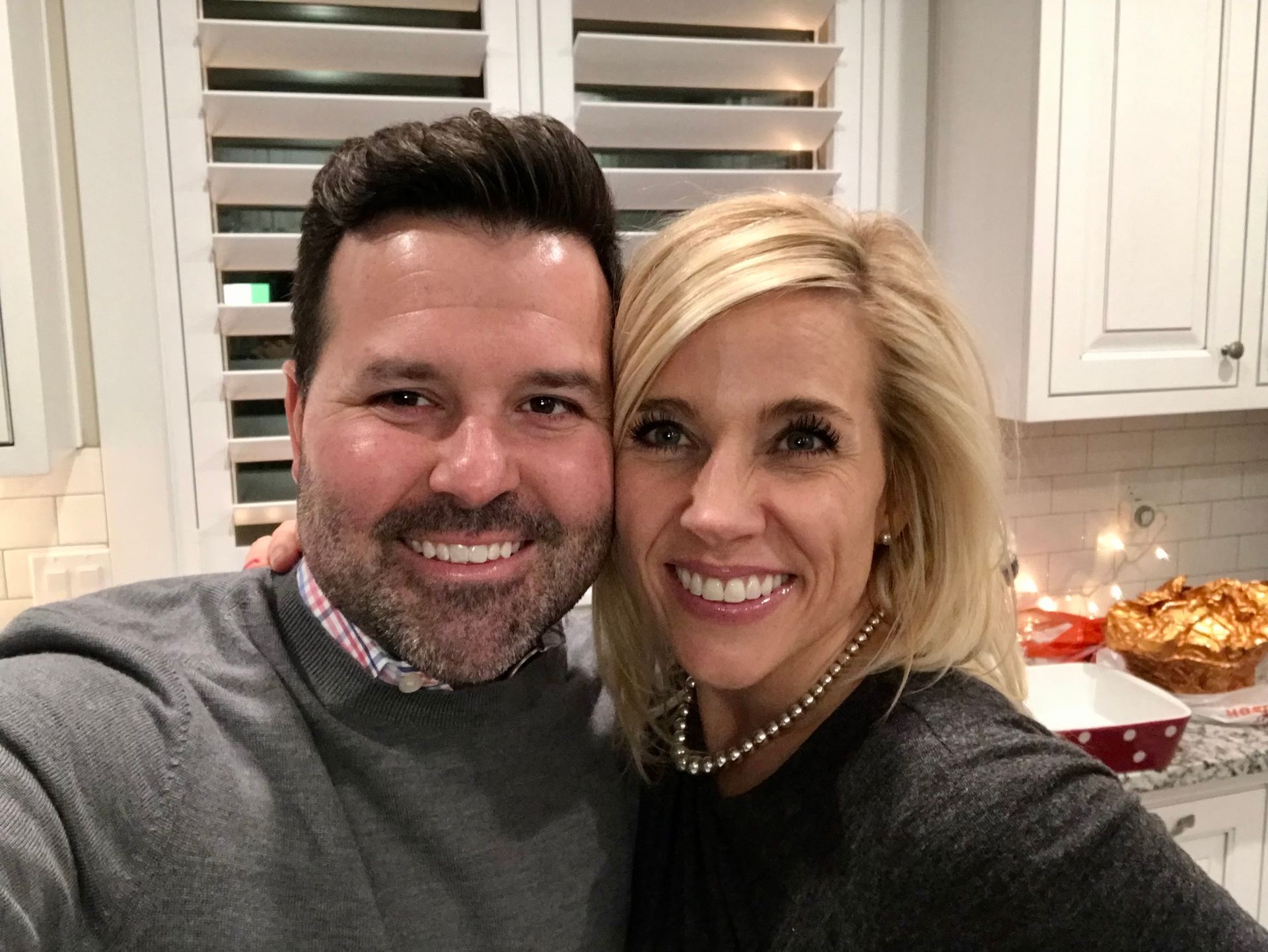
Trust in the Partnership
Heather and Zach Johnson
If there’s one word to describe Heather and Zach Johnson, it’s “dedicated.”
Zach has dedicated 100% of his professional energy to design engineering consultants Kimley-Horn, who he has worked for since 2006—with stints at offices in Denver, Sacramento, and Orange County before helping start the Utah office as an Associate. Heather has dedicated well over 20 years to the A/E/C industry, spending five years with Granite Construction and 14 years with Morgan Asphalt. She’s been at risk management firm CSDZ for the past five years.
Much as they’ve built up successful careers, the couple has also been building a relationship together since they began dating six years ago, marrying in 2017. Since that time, both have remained dedicated to their work while gaining a newfound devotion to their growing family, with Jaxton (20 months) and Ruby (five months) joining big sister Madyson (18).
Speaking of family, when they were asked what it’s been like raising a baby and a toddler while remaining linchpins for their respective offices, Zach answered, “It’s a wild ride. We’re two working professionals in a schedule-driven industry. […] It’s a lot of ‘What does your next hour look like?’”
Two equals have formed a successful and loving partnership. Zach explained how their relationship is a two-way effort where they advance each other’s goals. Heather agreed, expressing how taking time to appreciate his multi-tasking, focus, and drive have helped to keep their lives moving in a positive direction.
“He’s Johnny on the spot to help things work for me,” said Heather. One memory she recalled fondly was when Zach was on a conference call at home, rocking the baby, Ruby, ever so gently in her colic swing.
Zach mentioned, whether at home or the office, “we both want to be servant leaders where we create an environment where [those around us] are successful. And that’s how we approach relationships.”
That desire to both lead and serve is a core value, one that Zach has seen since growing the Kimley-Horn office in Utah as it developed from two people to 55 in his seven years there. “Everybody makes the coffee and takes the stuff to FedEx,” said Zach about the prioritization of “getting things done” instead of getting caught up in seniority or job titles.
Heather sees how that value manifests differently with her work managing contractor risk at CSDZ. Much like a supportive spouse, Heather said that she and the rest of CSDZ’s Utah office lean on the huge cache of resources the company has spread out around the country. It’s a huge benefit to the built environment in the Beehive State, keeping contractors insured and workers safe as they build up essential projects.
Even as she deftly manages clients and resources, Zach has been even more impressed by Heather’s selflessness. “What she does on a daily basis for our kids […] the amount of energy focused outside of herself outweighs everything.”
That energy comes through in funny ways, too. “There are always multiple dishes on her desk,” he said. As Heather, ever driven, seeks to tirelessly work for both her clients and her family, “she eats when she works. She’s always maximizing her time.”
As for Zach, Heather mentioned that she sees so much selflessness and care for his clients, highlighted by the people who approach her to rave about her husband. “At the AGC Convention, everyone came up to me telling me how much they love working with Zach,” she said.
Zach isn’t the only one receiving compliments, either. “It’s neat to hear other people talk about how much they love working with and collaborating with Heather,” said Zach. He knows how skilled she is at developing relationships within the industry. “The breadth of relationships she builds—contractors, consultants, subcontractors, and everyone involved … I’ve learned a lot from how she develops meaningful relationships.”
It’s a reflection of the hard work they put in both at home and the office. “Iron sharpens iron,” said Heather. “And we do that on a daily basis.”
That sharpening comes from dedication and accountability to themselves and others. “There’s not a disconnect from personal to professional,” said Heather. “Zach is great at everything that he puts his mind to. […] He’s incredibly selfless. He’s not afraid to recognize others’ successes.”
Zach recognizes that he feels sharpened seeing Heather’s drive. Whether dedicating her time to care for the needs of her clients in the office or those of her family at home, Zach says that Heather’s work ethic is tireless.
“We’re the same personally and professionally,” concluded Heather. “The people we would see outside of work would see us the same within work.”
They would see a driven, passionate, genuine, and, above all, dedicated couple. That both have garnered such high praise in Utah’s A/E/C industry should come as no surprise. Their pride in quality work, in genuine connection, and for trust and integrity will serve not only their relationship but this industry for decades to come.New Paragraph
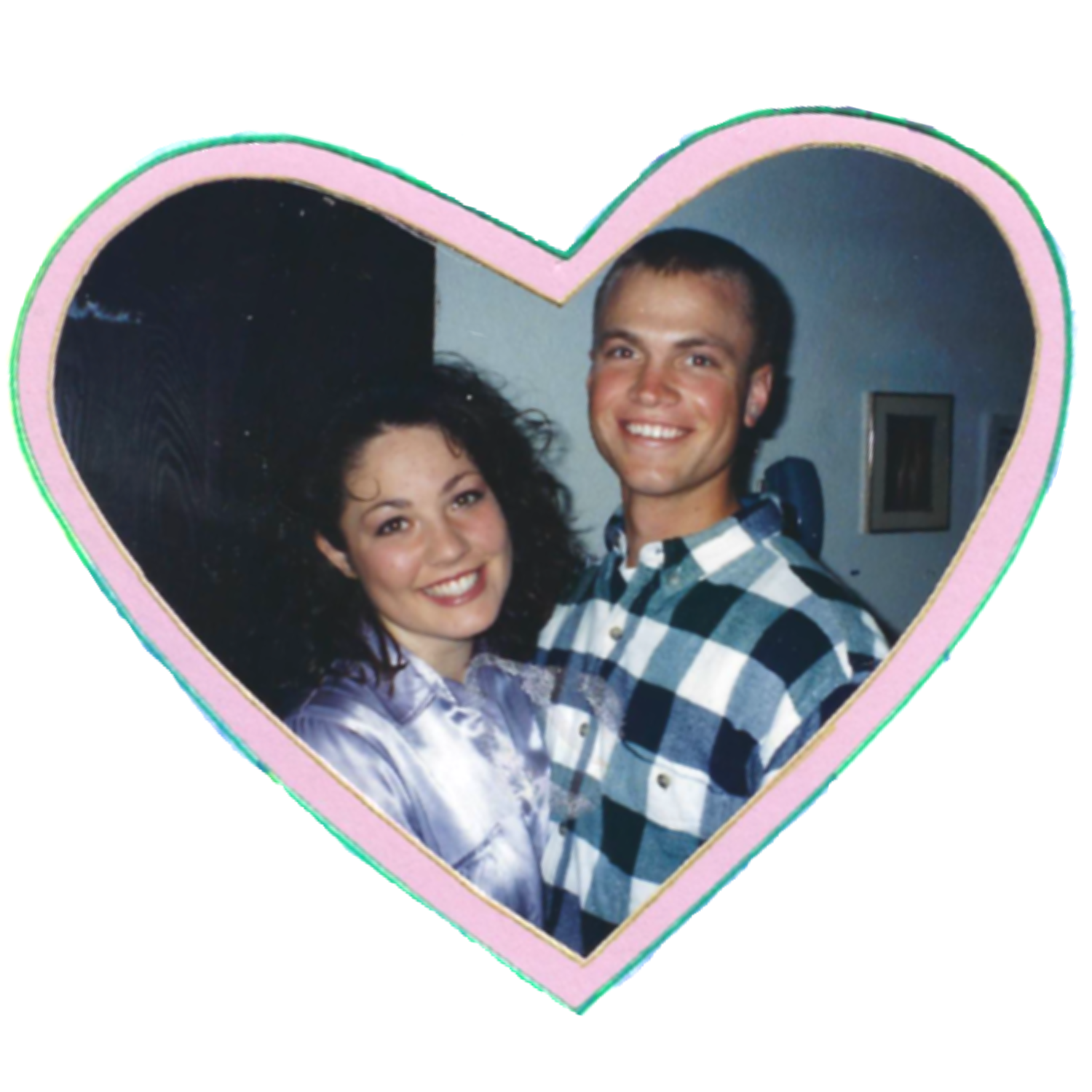
Building Quality and Relationships Together
David and Amber Winn
What’s it like to build something with someone you love? Ask Amber and David Winn. They’ve devoted a significant portion of their lives to each other, having been married for around a quarter-century. The couple met when each was attending college in 1997, with Amber at BYU and David at the former Utah Valley State College, now Utah Valley University. After four months of dating, the couple wed in Oakland before moving to Logan.
Since those days up north, they’ve dedicated a good amount of their lives to their work. David has been with Wright Engineers for nearly 20 years, while Amber has been there for nearly 10. While David began as an engineer, today he is is the Vice President and Director of Operation in Utah, a title he has held for the last 15 years. Amber started with Wright Engineers as an administrative assistant before running business development as a Director of Business Development and Marketing, a role she’s now held since 2018. Each has excelled in their respective roles—a testament to the faith that each partner has in the other
It’s time to tease David, asking him between laughs if he was trying to pass on his past business development duties so he could focus on his professional love—structural engineering.
“I joke I ‘tricked’ her into business development,” he said. But it was never a trick, it was an awareness of the skills that Amber would bring to the role—listening, understanding, asking the right questions. “I knew she would do great [in business development] because of her personality.”
It’s one of the things he appreciates most about working with his wife. “Amber jumps in and wants to get it done,” he said. Her willingness to build relationships and do interpersonal work is so exemplary that Amber has become nearly synonymous with the company. As David told it, “When I tell people what company I work for, they’ll say something like, ‘Wright Engineers? Oh, I know them! I know Amber!’”
As one of the first people many meet in the industry, Amber truly does have the perfect personality for business development. She’s taken to this facet of the industry like a bird to flight and welcomed everyone else in with open arms.
David sees it every day, how his partner of 25 years has put her passion into this work of developing meaningful relationships with clients, vendors, trade partners, and project owners—a huge credit to her drive and interpersonal skills. “Sometimes, I tell her that these relationships take years,” David continued. But it doesn’t mean Amber is interested in waiting for those relationships to blossom. “She makes it look easy.”
Amber mentioned that she’s really taken to her work over the last five years. How has she taken to working with her partner over the last decade?
“David is the best boss ever,” she said, all smiles. “I’ve worked with him for 10 years and I will still say that.” She mentioned that David, as Director of Utah Operations, is steering the company to keep up its stellar reputation across the Beehive State.
“David takes quality to heart,” she continued. “He takes hard work as a part of his character and person. Everything he does is going to be his best.”
It’s more than just a supportive spouse saying it—it’s also her professional opinion while marketing for Wright Engineers. “When [I’m] trying to market something, I know who is behind it,” she expressed. “He is doing it for the sense of accomplishment. He’s always doing his best for others.”
The quality of work is a byproduct of the quality people the Winns and their coworkers attract and build up. A special point of pride for the couple is Wright Engineers’ reputation as a quality work environment. Zweig Group has rated them the “Best Structural Engineering Firm to Work For” since 2018.
So what’s next for the Winns? Personally, they want to keep enjoying their lives. They’ve built a quality life together wherever they’ve been—Provo, Logan, Las Vegas, St. George, and now Eagle Mountain, where they’ve lived for the past five years. No more moves, David said with a laugh, “Because I am not putting another yard in.”
As for their professional lives, David and Amber Winn are out to show off the quality of the work done by Wright Engineers. “Our mission is to be preferred consultant,” each said. They aim to be “the structural engineer everyone thinks of when they want the best.”New Paragraph
